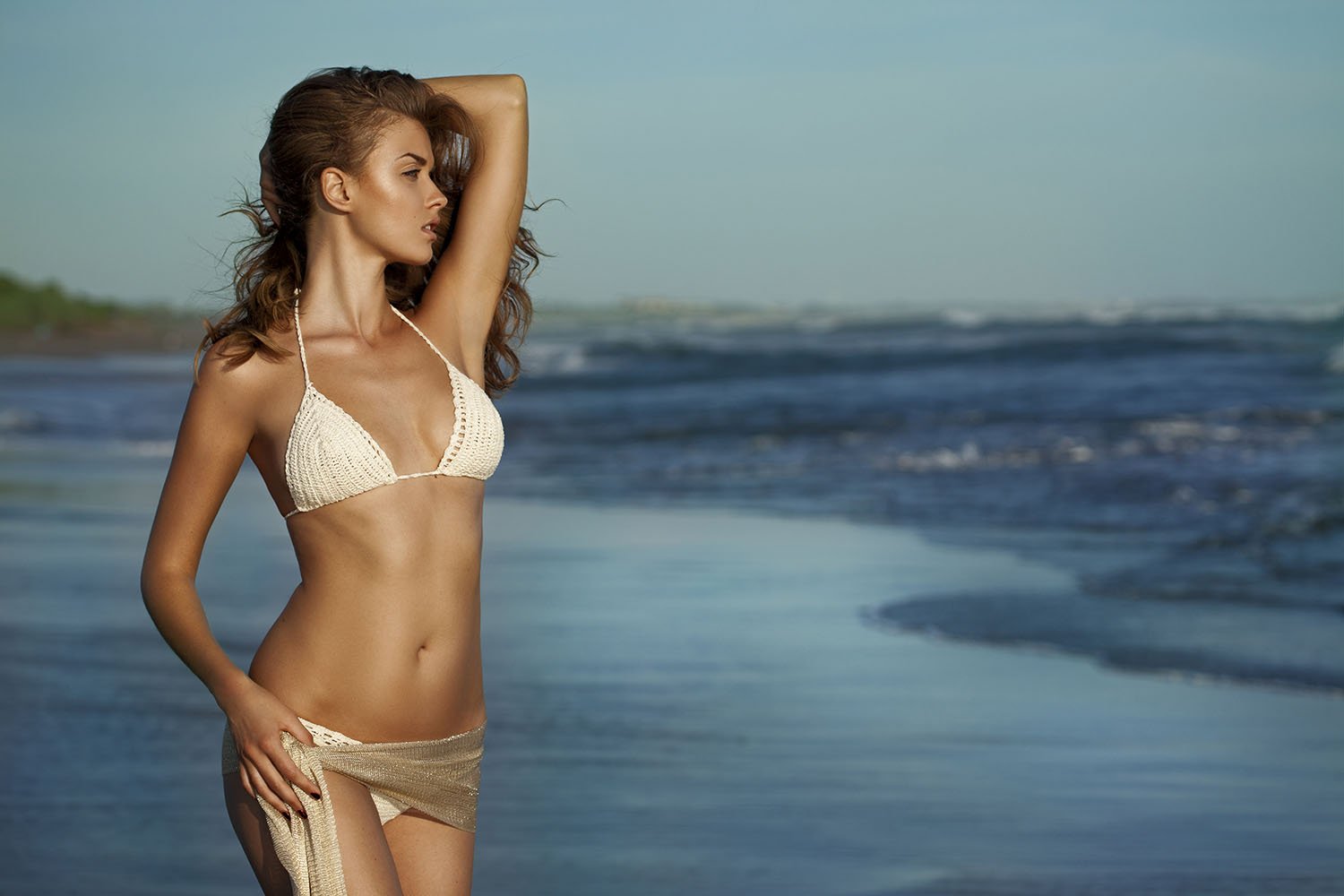The most important aspect of cellulite is fat accumulation in the hypodermis (deepest skin layer). Everything else (water retention, skin laxity, fibrosis etc) is also important, but secondary. Consequently hypodermal fat reduction is the most important step in reducing cellulite. The process by which fat is broken down in fat cells for subsequent release into the bloodstream is called lipolysis…
Cellulite and glycaemic index (GI): the effect of sucrose, glucose, fructose, insulin resistance and glycation
Glycemic index (GI) refers to the speed with which a certain food raises blood glucose levels. The glycaemic index is a scale from 0-100, with pure glucose set to be 100. A food is considered to have a low GI if it is 55 or less; high GI if 70 or more; and mid-range GI if it is 56 to 69. Some foods and drinks actually have a GI much higher than glucose. For example the GI of beer is up to 119 and that of corn flakes is up to 132…
Do artificial sweeteners cause cellulite?
Sugar consumption is one of the most important causes of cellulite - as well as diabetes and obesity - today. Therefore reducing or eliminating sugar in all its forms (including honey, agave and other erroneously though to be “good sugars”) and everything made with it (cakes, ice-cream, cookies etc) is the number one priority for cellulite prevention and reduction (as well as weight maintenance). But what about sweeteners, artificial or natural? Do they affect weight/fat levels and - consequently - cellulite?
Does sugar cause cellulite?
It is said that "sugar is the new smoking" - and for good reason. Consumption of sugar, found in pastry, desserts, cakes, chocolate, muffins, cocktails, juice drinks, jam, honey, fizzy drinks etc, is one of the worst things you can do to your eyes, teeth, blood vessels, pancreas, skin and, for the purposes of this article, your legs and bum….
How unhealthy foods cause skin ageing via glycation
We know for a few decades now the detrimental role of glycation on body ageing, especially that of blood vessels and skin - and consequently cellulite. (Of course, you will never read that in any “beauty” article in high-end consumer magazines. For them anti-aging is all about using using SPF 50 even in your sleep, exfoliating day and night and having lots of botox and fillers. Oh well…)
What to eat before and after lipo cavitation treatment?
A lot of clients ask us: “What do I need to do/not do before or after my cellulite / skin tightening treatment”: “Can I eat after cavitation?”, “Can I eat after RF treatment?, “What should I eat on cellulite treatment day?”, “What is the best food for skin tightening” etc To which the answer is: Follow a strictly healthy diet on the day you receive a cellulite treatment, to achieve maximum results; ideally, do that right before and right after treatment, in order to make the most of that specific treatment; and exercise, if possible; intensely if possible and right before or right after your treatment, if possible, for maximum results…












